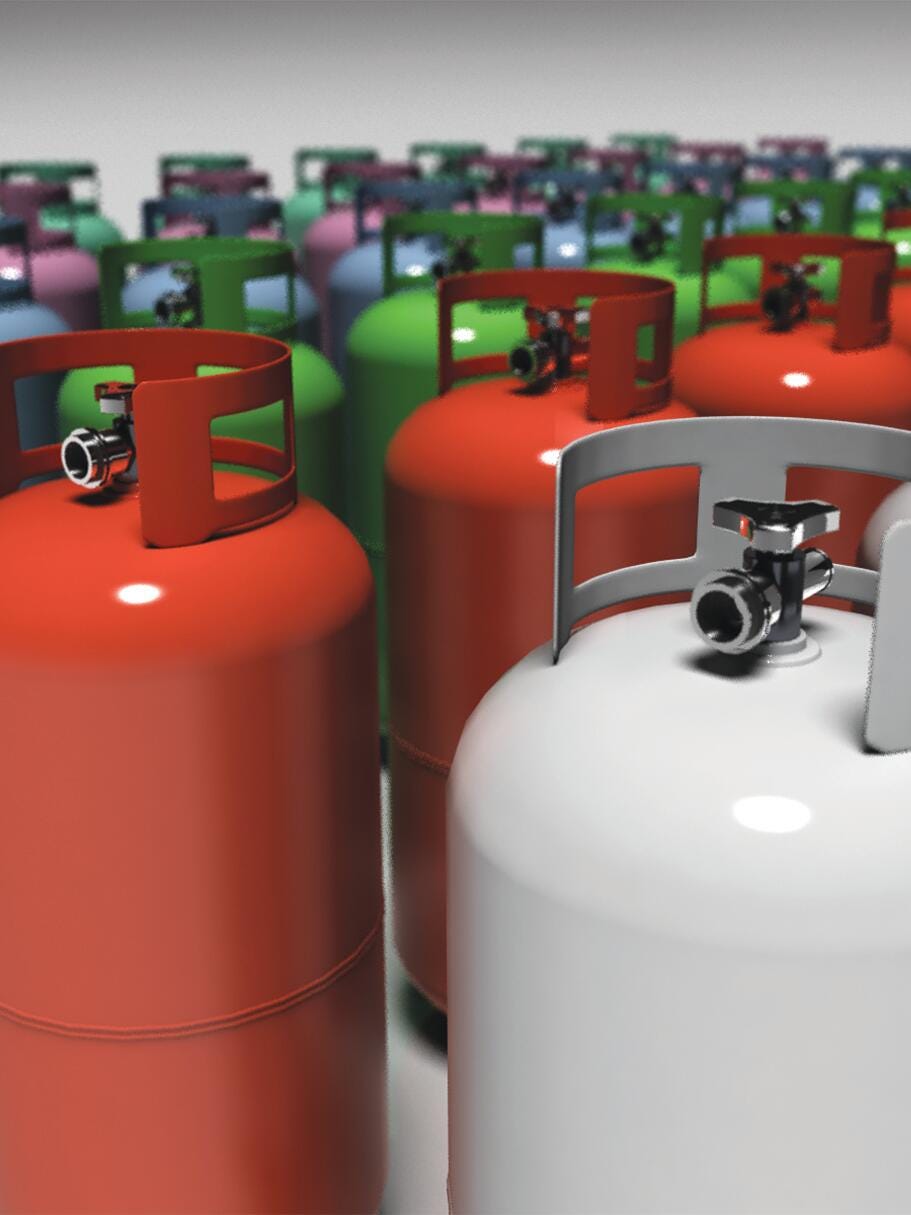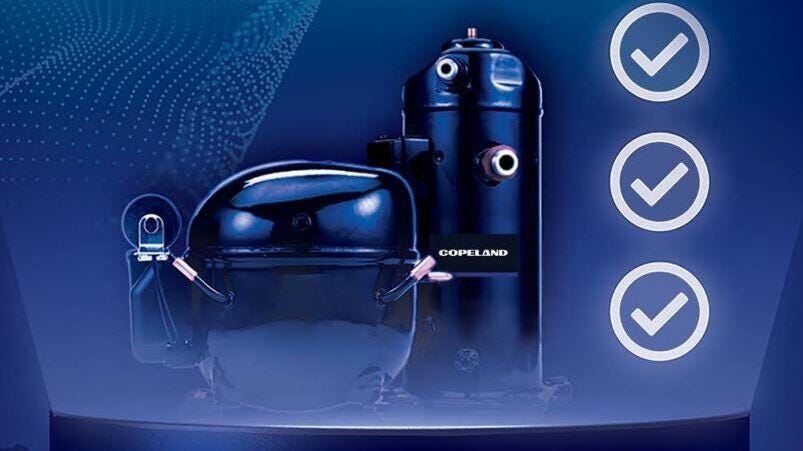As higher-GWP refrigerants continue to be phased out, the evaluation and approval of alternative refrigerants increase in importance.
At a time when legacy hydrofluorocarbon (HFC) refrigerants are being phased out due to their high global warming potential (GWP), R-290 has emerged as an increasingly viable low-GWP alternative. Offering excellent thermodynamic properties and a very low GWP (GWP = 3), this natural hydrocarbon refrigerant has potentially widespread uses in commercial refrigeration. With a GWP of 3 and an ozone depletion potential (ODP) of 0, R-290 poses virtually no threat to the environment.

Making the case for R-290 sustainable refrigeration solutions
The prospect of increasing charge limits has expanded R-290’s potential in commercial refrigeration applications. Small-charge, self-contained refrigeration systems have become much more commonplace in U.S. food retail and foodservice markets. R-290’s highly efficient, eco-friendly performance makes it an ideal choice for customers seeking to achieve their corporate sustainability objectives or comply with ever-increasing refrigerant regulations.
Although R-290 offers proven sustainability and performance benefits, its A3 “higher flammability” classification must be taken into consideration. To mitigate R-290 safety risks and address safety concerns, the governing bodies that regulate the safe use of refrigerants in the U.S. have long established a 150 grams (5.3 ounces or 0.33 pound) maximum charge limit. The revised standard approved higher charge limits that potentially could expand the size of R-290 cases, raising the charge limits on commercial self-contained, plug-in displays.

OEM refrigerant journey leads to next-gen R-290 equipment platform
Like many commercial refrigeration original equipment manufacturers (OEMs), the transition to lower-global warming potential (GWP) refrigerants had long been on FBD’s product development radar. As a leading manufacturer of frozen beverage dispensers — such as those used by major restaurant and convenience store chains, theme parks and beverage brands — FBD began evaluating its lower-GWP refrigerant options.
FBD collaborated with Copeland to align compressor platforms with its next-gen refrigerant selections, and moved forward with new product prototypes. The R&D team selected R-290 as its primary option.

R-290 compressors, components and condensing units
The refrigeration industry’s primary concern is complying with new and upcoming regulations. At Copeland, our focus is unequivocal: nearly every internal development program we’ve undertaken in commercial refrigeration has been geared toward achieving this compliance. And one of the solutions we’ve researched, tested and implemented in our products is R-290.
Alternative Refrigerant Options
R-290 FAQs
What class of refrigerant is R-290?
R-290 is classified as an A3 (flammable) refrigerant.
Is R-290 a good refrigerant?
R-290 has excellent energy efficiency and thermodynamic properties. In Copeland's lab test, R-290 delivers improved efficiency and performance over legacy HFC refrigerants.
Is the R-290 refrigerant dangerous?
R-290 is safe when proper manufacturing and safety protocols are followed. Because R-290 is more combustible than HFCs, there are several special-use considerations for using it in refrigeration applications. Some examples include, but are not limited to:
- Sealed/gas-tight or fire-/explosion-proof electrical components (UL471/EN 60079-15)
- Spark-free fan motors (brushless)
- Ventilation and leak sensor safety measures
- Special charge and leak detection processes during manufacturing
Which refrigerant is better: R-134A or R-290?
When considering eco-friendliness and performance, R-290 delivers significant benefits over R-134A. In terms of pressure, low back pressure, discharge temperature, volumetric capacity, capacity loss and coefficient of performance (COP), R-290’s performance characteristics are very similar to the phased out R-22 — even outperforming it in certain areas.
What is the R-290 charge limit in refrigeration?
The current R-290 charge limit is 150g. A recent update to the Underwriters Laboratories’ (UL) second edition of its UL 60335-2-89 standard would allow for higher charges based on whether equipment has an open or closed design:
- 500g in open appliances without doors
- 300g in closed appliances with doors or drawers
Further regulatory approvals, model code updates and state/local building code updates are still required to use these higher charges.
What safety precautions are required to use R-290?
Use with adequate ventilation, and keep away from heat, sparks and flames.
What does “highly flammable” mean?
R-290 is considered highly flammable because it has a low LFL (lower flammability limit), low minimum ignition energy (MIE) and high heat of combustion (HOC). Proper design standards and handling procedures can mitigate these safety concerns.
What causes A3s to ignite?
Leaked gas may accumulate in confined areas, and when exposed to a source of ignition (such as an electrical spark), may cause a fire or explosion.



